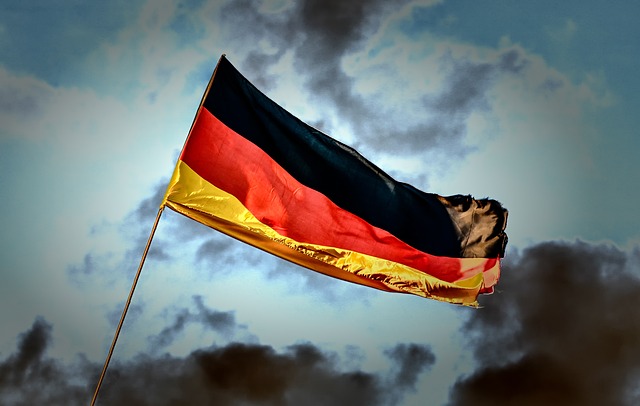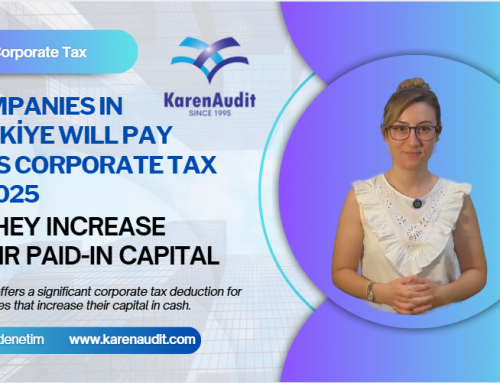January 16, 2023
According to first calculations of the Federal Statistical Office (Destatis), the price adjusted gross domestic product (GDP) was 1.9% higher in 2022 than in the previous year. After adjustment for calendar effects, economic growth amounted to 2.0%. “In 2022, the overall economic situation in Germany was affected by the consequences of the war in Ukraine and the extremely high energy price increases,” said Dr. Ruth Brand, new President of the Federal Statistical Office since 1 January 2022, at the press conference on the gross domestic product 2022 (only in german) in Berlin. “There also were serious material shortages and delivery bottlenecks, massively rising prices, for example of food, skilled labour shortages, and the continuing though fading Covid-19 pandemic. Although these difficult conditions persist, the German economy as a whole managed to perform well in 2022,” Brand continued. GDP was 0.7% higher in 2022 than in 2019, the year before the Covid-19 crisis began.
Service branches profited from catch-up effects; high prices and material shortages hampered industrial production and construction
The total price adjusted gross value added rose by 1.8% in 2022 from 2021. The development differed considerably between the individual economic sectors. Some service branches profited from catch-up effects after almost all Covid-19 restrictions had been lifted. A particularly strong increase was recorded for other services, which include the creative and entertainment industries (+6.3%). Transport as well as, accommodation and food services also profited from the lifting of restrictions. The strong increase of 4.0% seen in the aggregated economic sector of trade, transport, accommodation and food services was owing to these two sectors. Gross value added declined in trade, however, after having increased the year before. The information and communication branch continued on its long-term growth path and also recorded a considerable increase (+3.6%) after a slowdown in only the first Covid year of 2020.
In construction, which had fared comparatively well during the Covid-19 crisis, material and skilled labour shortages, high construction costs and worsening financing conditions led to a considerable decline in gross value added (-2.3%). The high energy prices and the still limited availability of intermediate products also hindered economic performance in manufacturing, which hardly increased year on year (+0.2%). As in 2021, manufacturing was affected by interruptions in worldwide supply chains especially in the first half of 2022. The situation was aggravated by the soaring energy prices as a consequence of the war in Ukraine.
Household final consumption expenditure and gross fixed capital formation in machinery and equipment support growth
On the demand side, it was mostly household final consumption expenditure which accounted for the growth of the German economy in 2022. It rose by a price adjusted 4.6% on the previous year and thus almost reached the pre-crisis level of 2019. This was due to catch-up effects after nearly all Covid-19 restrictions had been lifted in the spring of 2022. This is shown very clearly by the expenditure on restaurant and accommodation services. Households also spent more on recreation, entertainment and culture than a year earlier. The 1.1% increase of government final consumption expenditure in 2022 was relatively moderate after two years that had been heavily impacted by the pandemic. General government spent markedly more to feed and accommodate all the people from Ukraine and other countries seeking protection. Government expenditure to fight the Covid-19 pandemic went down, in contrast, even though large amounts of vaccines were still procured and financed.
Gross fixed capital formation in construction was down a price adjusted 1.6% in 2022. The lack of building materials and the shortage of skilled workers especially affected building and housing construction. In the course of 2022, the negative trend of gross fixed capital formation in construction was reinforced by an increasing number of cancellations of orders for commercial and private building projects as construction prices remained high and interest rates in construction were rising. In contrast, gross fixed capital formation in machinery and equipment increased a price adjusted 2.5% in 2022 on the previous year.
Foreign trade increased in 2022 on a year earlier despite high price increases. German exports of goods and services were up a price adjusted 3.2% on 2021. Imports increased much more over the same period, by a price adjusted 6.7%. Thus, the balance of exports and imports had a downward effect on GDP growth.
Labour market robust under still difficult circumstances
In 2022, the economic performance was achieved by an average of 45.6 million persons in employment whose place of employment was in Germany. This was an increase of 1.3%, or 589,000 persons, on a year earlier – more than ever before in Germany. Employees subject to social insurance contributions and the service branches mainly accounted for the employment growth seen in 2022. The number of persons in employment in manufacturing rose only slightly in 2022 and could not offset the employment losses of the two preceding years. In construction, there was another small employment gain despite the shortage of skilled labour.
New burdens due to energy crisis overlap budget relief from ending Covid-19 measures
General government budgets recorded a financial deficit (net borrowing) of 101.6 billion euros at the end of 2022, according to provisional calculations. This was a decrease of just under 33 billion euros compared with 2021 (134.3 billion euros). Government budget relief due to the ending Covid-19 measures was overlapped by new burdens caused by the energy crisis resulting from the Russian war of aggression in Ukraine. The Federal Government initiated three relief packages, among others, to counteract the soaring energy costs and support consumers and businesses. The relief packages led to higher government expenditure, which was financed mainly by the central government. As in 2021, the central government deficit (-117.6 billion euros) was somewhat higher in 2022 than the deficit of general government as a whole. State government, local government and social security funds each recorded small financial surpluses. Measured as a percentage of nominal GDP, the deficit ratio of general government was 2.6% in 2022, which is substantially lower than in the two preceding years.
First results regarding the development of the gross domestic product in the fourth quarter of 2022 will be published by the Federal Statistical Office on 30 January 2023. Detailed national accounting results will be released on 24 February 2023.
Source: DESTATIS
Legal Notice: The information in this article is intended for information purposes only. It is not intended for professional information purposes specific to a person or an institution. Every institution has different requirements because of its own circumstances even though they bear a resemblance to each other. Consequently, it is your interest to consult on an expert before taking a decision based on information stated in this article and putting into practice. Neither Karen Audit nor related person or institutions are not responsible for any damages or losses that might occur in consequence of the use of the information in this article by private or formal, real or legal person and institutions.






